In times when everyone is pursuing efficiency in an almost obsessive way, the Dodge Challenger shows that driving pleasure is still important among car buyers

Electric cars are like broccoli. Everyone says good things about them, and we know that consuming them is the right thing to do. And we go ahead and do so. However, we do not actually like them. They do not cause passion or excitement in us. This is a problem because it is a need which they are not satisfying.
For this article, I will ask you to keep that train of thought in mind. Not specifically electric cars – let alone broccoli – but the train of thought. As the picture above shows, this article is about the Dodge Challenger. It aims to show you how important it is for companies and their products to pay attention to that need.

Modern-day Dodge Challenger
The pony car first appeared in 2006 as a concept following the retro trend of the early 2000s. Ford and Chevrolet had updated Mustang and Camaro inspired in their 1960s generations, so Chrysler decided to do the same. The new Challenger went on sale in 2008 sharing mechanical bits with other big Dodge cars.

Retro design was the strongest sales argument for all three at first, but that situation would change soon. Mustang and Camaro would receive a convertible body style, track-oriented versions, and more efficient engines. Over time, they gradually left the pony car market niche to venture among typical sports cars.
The Dodge Challenger, in turn, remained true to its roots. It has received technical upgrades as well, and special editions of all types. However, they were all heavily based on the company’s history. That strategy quickly made a strong sales argument for the Challenger, which takes us to the next chapter of this story.
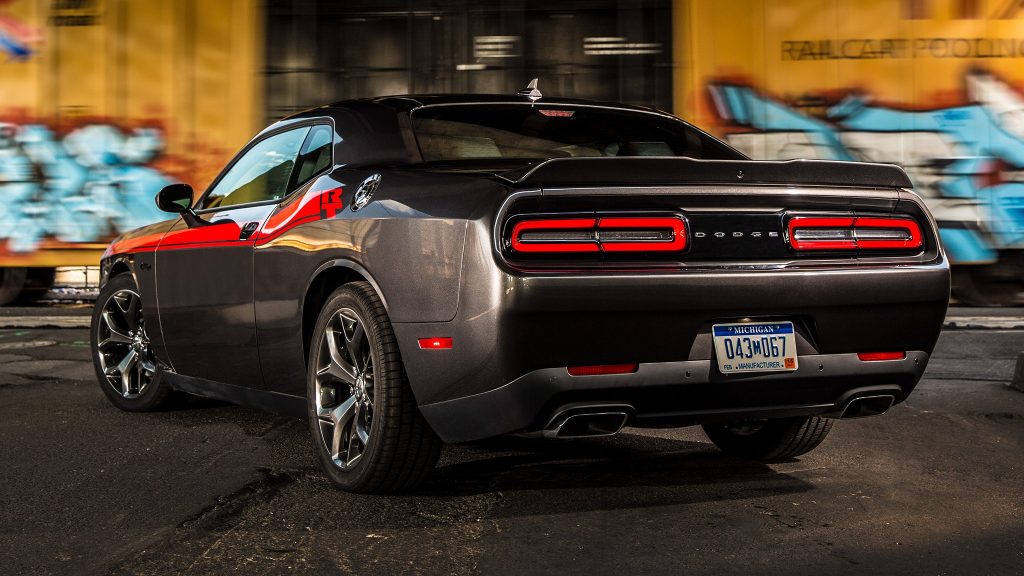
The brief affair with Giorgio
Mustang and Camaro chose a path where sales are higher, but competition is tougher as well. Therefore, they entered new generations in the mid-2010s with efficiency-oriented upgrades like downsized engines and lightweight construction. If you are a car fan, you will remember that the Challenger did differently.
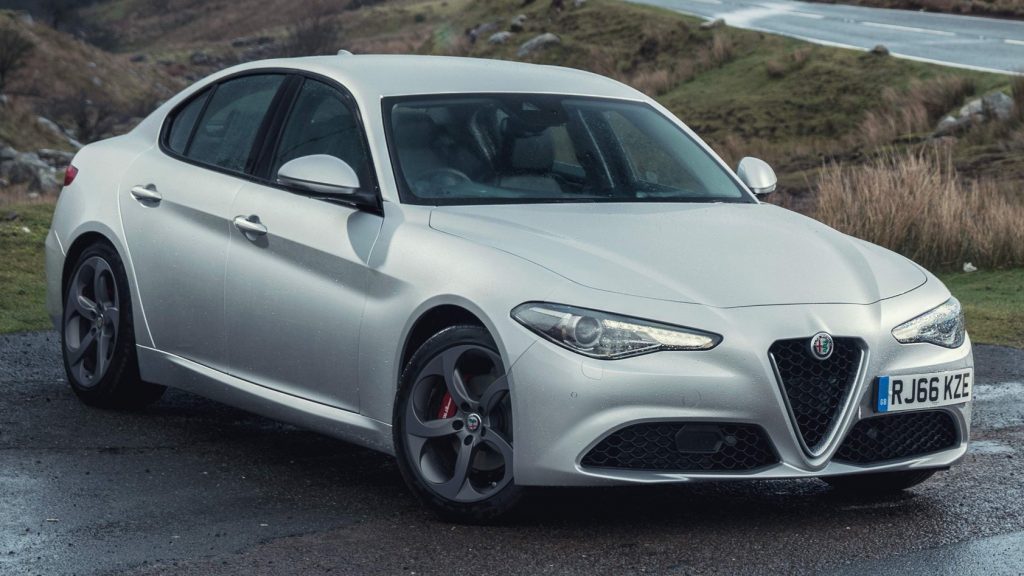
Eight years is the average period in which most automakers release an all-new product. Dodge surprised everyone by simply updating the same car after that period. The 2015 Challenger had a facelift, new versions, revised engines, but that was all. Even the Chrysler 300, which shares its platform, had more changes.
The reason was only disclosed last October. Dodge CEO Tim Kuniskis said that there were plans, indeed, for a new Dodge Challenger. It would even use the Giorgio platform, which debuted with the Alfa Romeo in 2016 and has been widely lauded ever since. But, again, we know that things did not happen that way.
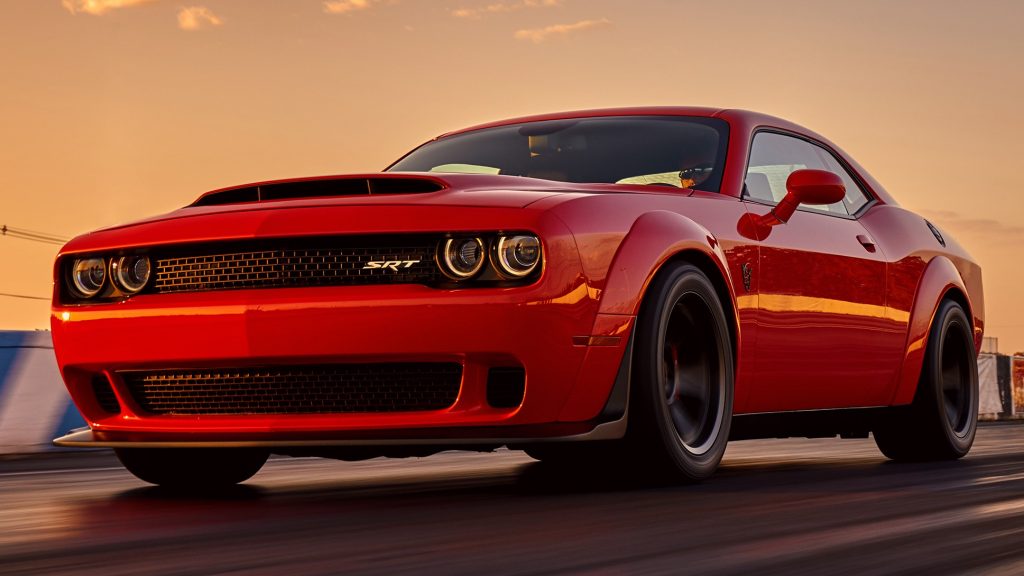
Same Dodge Challenger, only better
As Kuniskis stated, going all the way to use the Giorgio platform would have made the Dodge Challenger yet another sports car. And that is not necessarily better. The current Challenger is a typical pony car, with all the perks and issues that come with that style. It belongs to a market niche and is committed to it.
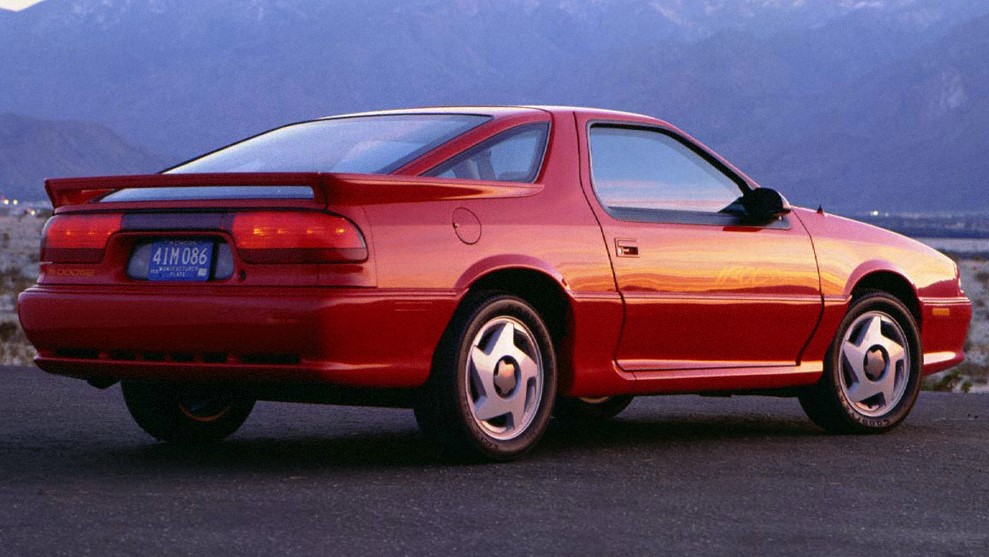
Market niches are a gamble: one company detects a specific demand that competitors have not met and decides to go for it. The good part is that the niche product will have all that demand for itself for some time. The bad part is that, since those niches are essentially about fashion, they may simply end soon.
With that in mind, it is easy to understand what happened. The Dodge Challenger outsold Mustang and Camaro for the second year in a row because it stuck with the pony car recipe. The others ventured into sports car turf, so they have other direct competitors and are no longer go-to options for pony car fans.
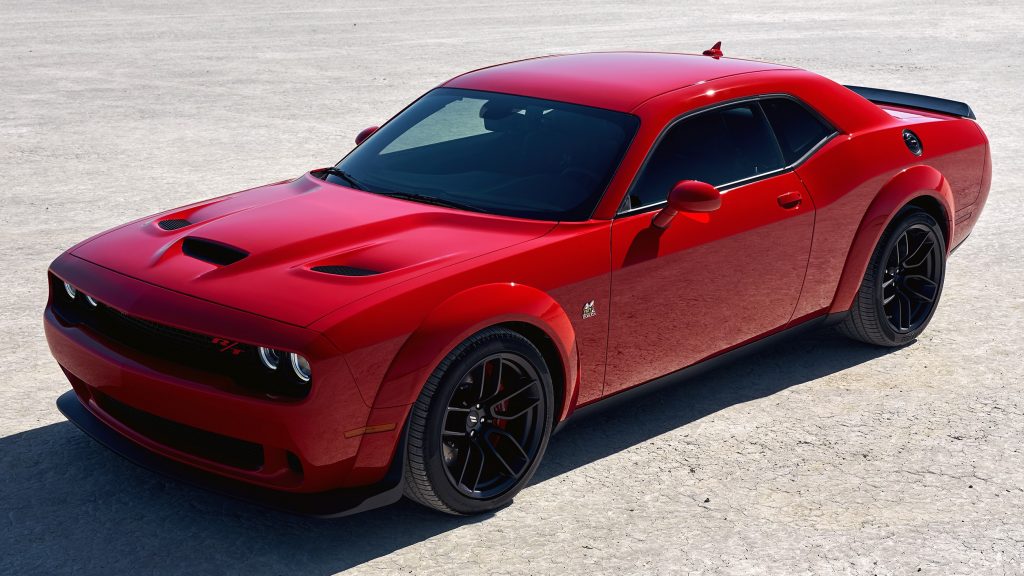
Will the new Dodge Challenger be electric?
As we have mentioned, market niches are volatile. Pony cars are a specific case because they are based on big, gasoline-powered engines. In times of electrification, they would have to undergo such deep changes that the niche’s concept would disappear. Ford, GM and Stellantis know that, but responded differently.
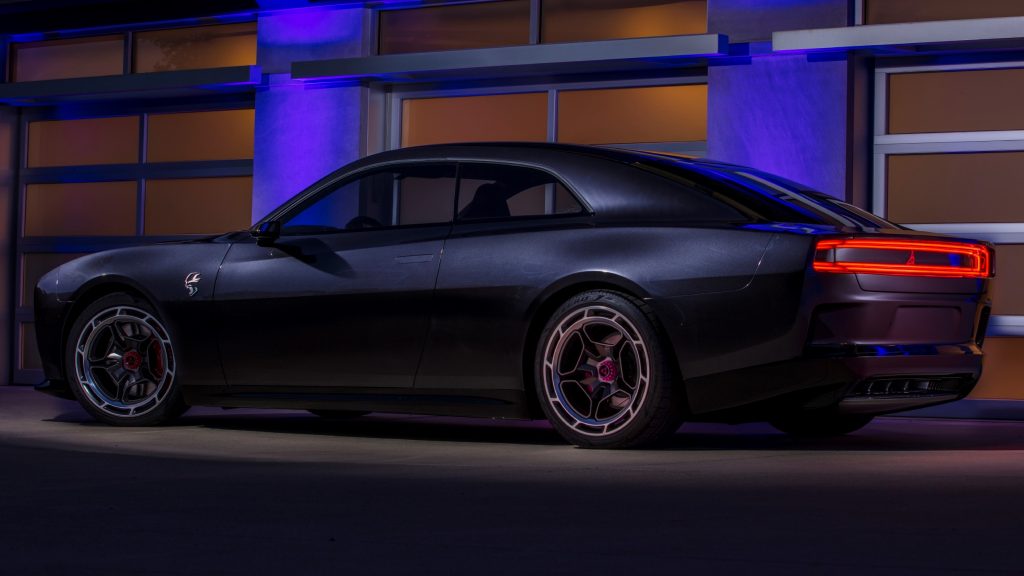
Ford decided to use two opposite approaches by adding the Mach-E to the Mustang lineup. Chevrolet, in turn, is toying with the idea of making the Camaro a brand umbrella. That means it will become a full line of cars, including an SUV. Either way, the goal is to make the famous nameplate survive in the new times.
When it comes to Dodge, we know that the company has decided to use electrification as an opportunity to reinvent itself. The Challenger used its retro concept more than ever to properly bid farewell last year. Now, it is a matter of time for us to see what it will do to try and keep the pony car market niche alive.
Danillo Almeida has explored his passion for cars in two distinct ways. The first one is his graduation course in Mechanical Engineering, which will hopefully lead to a job position in the field. The other one is expressing his knowledge and opinions on the matter through writing. Almeida has already contributed to blogs, stores, and websites in general writing automotive content in many formats.



